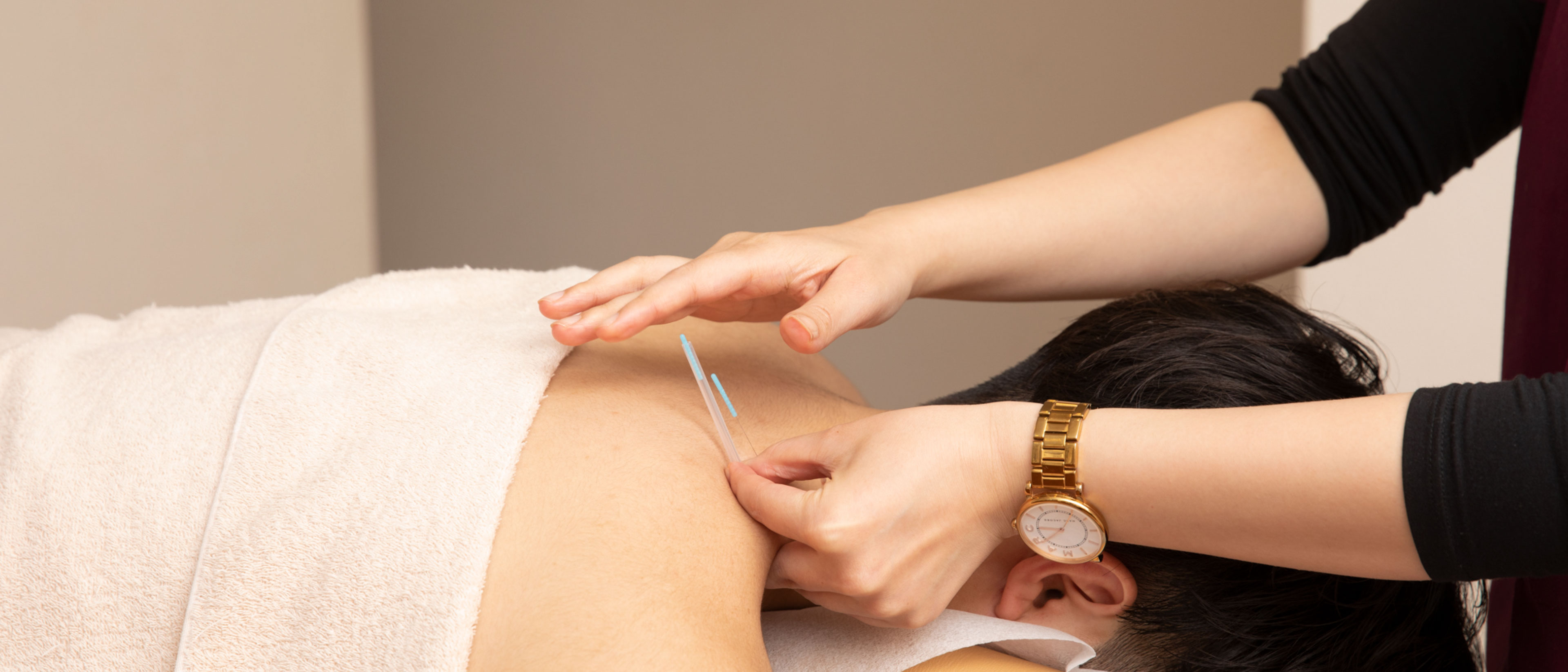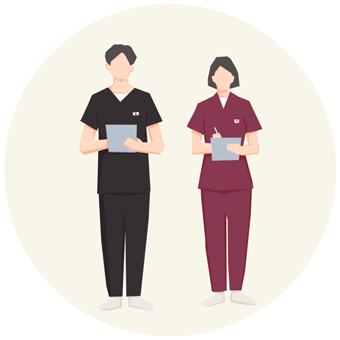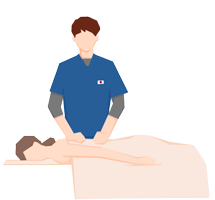my shoulders are cracking up.
【male, 40s】
【male, 40s】



【male, 40s】
【male, 40s】
stiff neck and shoulders.
his neck felt very stiff, and the symptoms worsened when he used a pc at work all day.
when he started to feel stiffness, he started to hear a cracking sound when he turned his shoulders.
there is no pain caused by the cracking sound, but since he started feeling stiffness in his neck and shoulders, the sound only occurs when he turns his left shoulder, which bothers him.
there are no subjective symptoms due to the gurgling sound, but it has been bothering me for a long time, so he came to the clinic hoping to improve it while treating his stiff neck and shoulders.
on visual observation, swelling was observed in the neck and shoulders.
there was a difference in the height of the right and left shoulder blade
on visual observation, swelling was observed in the neck and shoulders.
there was a difference in the height of the right and left shoulder blades.
treatment area:
neck → platysma, levator scapulae muscle, and semispinalis capitis muscle
shoulder → trapezius muscle
back → rhomboid muscle
scapulae → infraspinatus muscle and deltoid muscle
1st treatment: the stiffness after the treatment improved significantly. however, it returned to normal about 2 days after the treatment.
5th treatment: the feeling of stiffness improved after the treatment, and then returned to normal 2-3 days later.
8th treatment: gradually, the symptoms began to improve for 5 to 7 days after the treatment.
10th treatment: the stiffness in the neck and shoulders will improve, and at the same time, the cracking in the shoulders will decrease.
12th treatment: neck and shoulder stiffness has been getting better lately. the gurgling becomes much less frequent.
symptoms seem to have disappeared after a few treatments.
